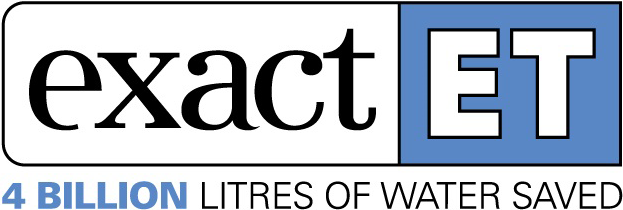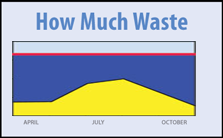Weather Stations To Better Predict Future Flooding, Droughts
KANANASKIS COUNTRY — Near the top of Fortress Mountain, surrounded by golden alpine larches and rugged peaks dusted in snow, a team of scientists piece together a weather station to install in an area known as Canada Ridge.

They secure its base deep into the ground on the slope of the mountain, where they will later add a series of gauges and gadgets to measure everything from temperature and wind speed to humidity and precipitation.
At 2,190 meters, the station at the ski resort will offer a high-altitude perspective on snow in the area.
The stations, being set up throughout the Rockies by the team with the University of Saskatchewan’s Centre of Hydrology, will better help experts predict events such as the June floods — the worst natural disaster in Alberta’s history.
At least four people died in the flooding, and more than 100,000 were displaced as homes and communities across southern Alberta were destroyed.
“The floods that occurred this spring show us you can’t have too many measurements in the mountains of what’s coming down,” says hydrologist John Pomeroy, the centre’s director and a Canada research chair in water resources and climate change. “Beyond the floods, there are water supply issues.
“The Rockies are the primary water supply for the Prairie Provinces. This is where it forms and this is where it melts.”
The June flood originated in the Rockies, where what’s been dubbed the “ugly storm” hit first.
Matthias Jakob, a geoscientist, says it was a relatively rare meteorological event that saw three low-pressure systems unite forces.
“All together, they sucked in whatever moisture there was to be had in this entire (area) and pushed it against the mountains,” he explained in a recent presentation to Canmore town council. “The unique thing about this combination of three low-pressure cells was not just that they were there, but that they lingered.”
It dumped between 250 and 270 millimetres of rain in less than three days.
Nine million cubic meters of water turned creeks into raging torrents, but flood warnings weren’t issued in towns like Canmore until several hours after the evacuations had taken place.
It has led to calls for better monitoring on a federal and provincial levels — including a denser network of mountain meteorological and stream gauge stations.
Pomeroy, who has spoken out about the lack of warning before the floods hit, says several of the existing high-altitude weather stations showed the June flood was another rain-on-snow event, the second in the two years.
“We had one place where there was almost a meter of snow before the rain hit during the flood,” he says, noting some of his stations were damaged in the flooding. “After the flood, that snow was essentially gone. That’s hundreds of snowmelt-water equivalent that contributed to the rainfall.
“There are very few stations that can record that sort of information and had that available,” adds Pomeroy.
Alberta Environment and Sustainable Resource Development does have weather stations in Kananaskis as part of its network of 146 across the province and they did provide some indication of the heavy rains to come.
“More data is always good,” says department spokesman Duncan MacDonnell, noting he wasn’t certain how the information would interface with the province’s current system.
Pomeroy says the high-tech weather stations will have telemetry that could allow a direct feed of data to Alberta Environment, Environment Canada and even agencies such as the Canadian Avalanche Association, which could share the information with backcountry users in the winter.
It’s a different take on information sharing.
“In the past, the universities would set up the station, collect the data and the information was ours,” he says. “There wasn’t much sharing of that information so we are trying to change that, partly so that individuals and governments understand that there is extra value in scientific data collection beyond straight scientific advances.”
In addition to anticipating floods and droughts, the weather stations could also help to manage day-to-day water supply on the prairies.
“We’re trying to understand also the changes that are occurring in the alpine environment,” he explains. “With warmer weather, trees are moving up into alpine zones in some areas where the geology permits.
“And, of course, we’ve had some pine beetle in the mountains, we’ve had fires and clear-cutting that removes forests so the forest cover changes over time and this helps us to understand the interaction between forests and snow.”
Eventually, Pomeroy says all of the data will result in better computer models that will simulate the hydrology from the United States border right up to Peace River Country.
“This will help us predict water supply, droughts and eventually floods and also the impacts of climate change on water for the future,” he says.
By Colette Derworiz, Calgary Herald


